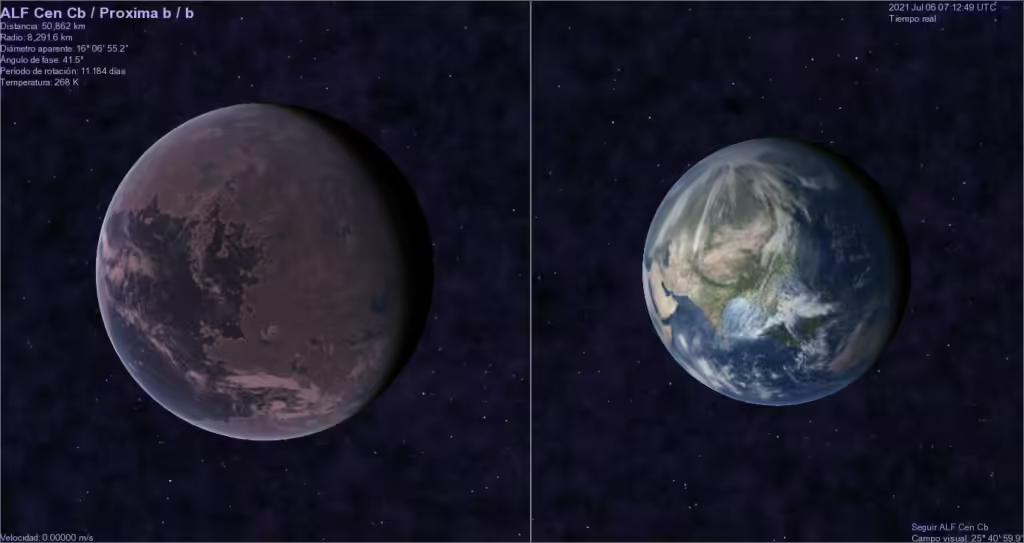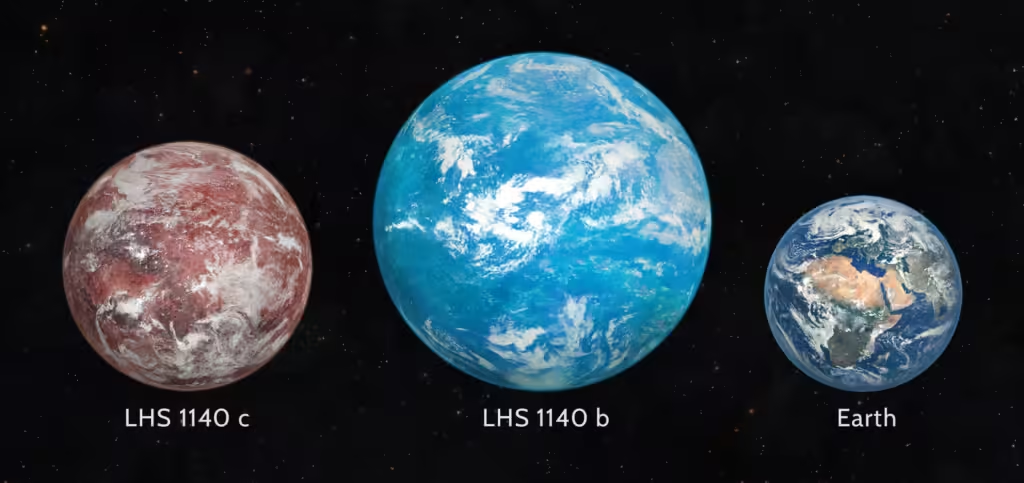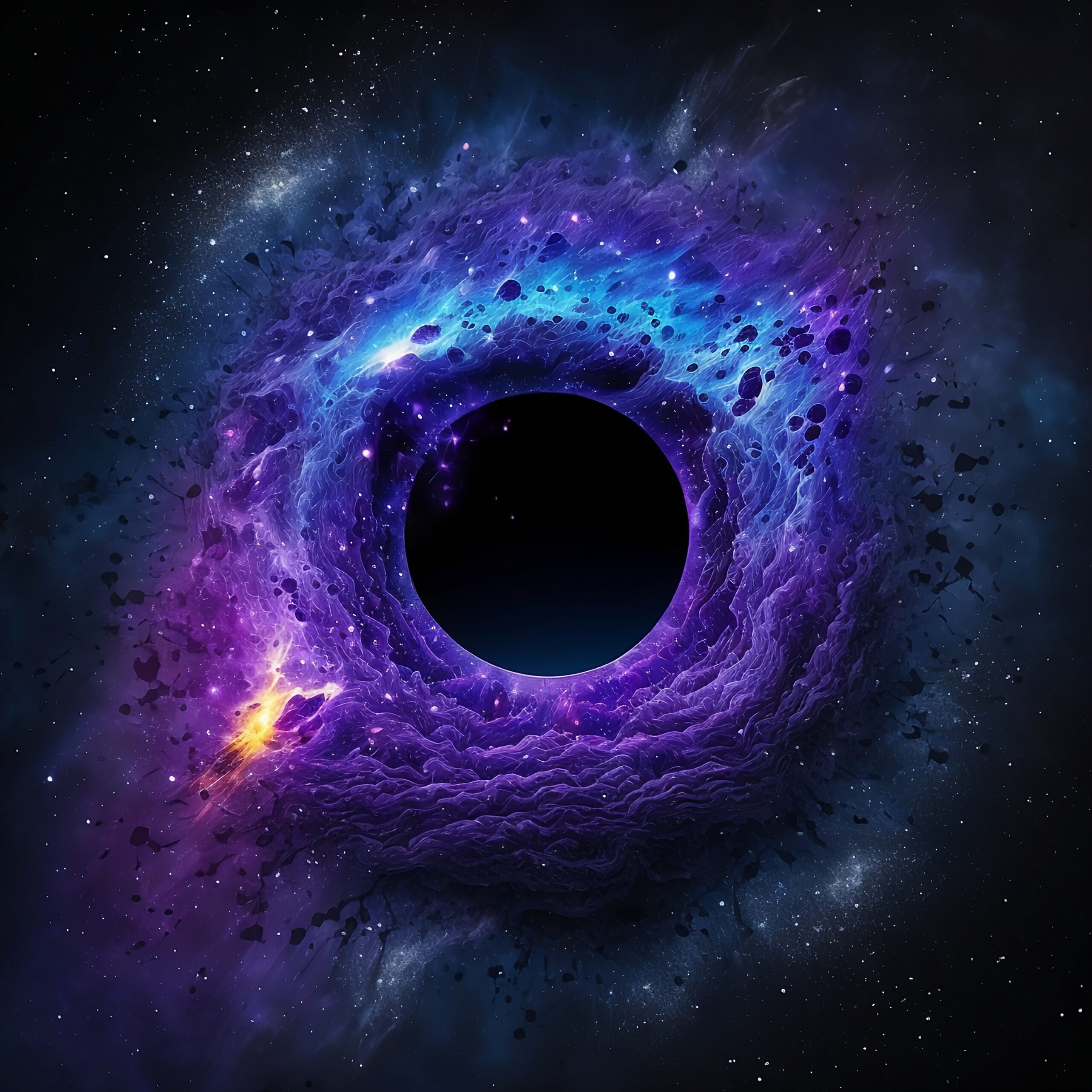Introduction
For centuries, humanity has looked up at the night sky, captivated by the vast expanse of stars and the mysteries they hold. Are we alone in this universe, or is life flourishing on worlds light-years away? As our technology evolves, so too does our ability to explore the cosmos in ways once limited to the realm of science fiction. Today, powerful telescopes and space missions are unlocking the secrets of distant planets—some of which might resemble our own. These “exoplanets,” scattered across the galaxy, offer tantalizing possibilities of alien life and the potential discovery of an Earth 2.0. Whether life exists beyond our home world feels closer than ever to an answer, and each discovery brings us one step closer to understanding our place in the universe.
Proxima Centauri b: Our Closest Neighbor
Proxima Centauri b is one of the most interesting exoplanets discovered recently. It orbits Proxima Centauri, the closest star to our Sun, and is just 4.24 light-years away, making it a top candidate in the search for alien life. What makes this planet special is that it’s in the star’s “habitable zone”—the area where conditions might allow liquid water, which is crucial for life as we know it. Also, the planet is about the same size as Earth, suggesting it might have some things in common with our planet.
However, Proxima Centauri b faces some big challenges in supporting life. Even though it’s in the habitable zone, it orbits a red dwarf star that gives off strong radiation, including harmful ultraviolet and X-rays. This radiation could destroy its atmosphere or make it hard for life to develop. The planet is also likely tidally locked, meaning one side always faces the star and the other side is always dark, causing extreme temperature differences. Despite these issues, its closeness and potential still make it a key focus of astro-biological research.

Page URL: https://commons.wikimedia.org/wiki/
Attribution: Piquito veloz´s screenshot, CC BY-SA 4.0 https://creativecommons.org/licenses/by-sa/4.0, via Wikimedia Commons
TRAPPIST-1e: Part of a Stellar Family
The discovery of the TRAPPIST-1 system in 2017 was a major breakthrough in the search for habitable worlds outside our solar system. Located just 39 light-years away, this star system has seven Earth-sized planets orbiting a single red dwarf star. Among them, TRAPPIST-1e stands out as one of the most likely to support life because it’s located in the star’s “habitable zone,” where conditions might allow liquid water to exist, making it a key focus for researchers looking for Earth-like planets.
TRAPPIST-1e shares several important features with Earth. It’s similar in size and density, which suggests it’s a rocky planet. Its position in the habitable zone hints that it could have temperate conditions, possibly supporting water—something essential for life.
However, TRAPPIST-1e also faces some challenges. Like Proxima Centauri b, it orbits a red dwarf star, which is smaller and cooler than our Sun but emits strong radiation that could damage its atmosphere. The planet might also be tidally locked, meaning one side is always in daylight and the other is in constant darkness, creating extreme temperature differences. Despite these issues, TRAPPIST-1e’s Earth-like qualities and its relatively close distance make it an important target for future exploration in the search for life beyond Earth.

Page URL: https://commons.wikimedia.org/wiki/
Attribution: Piquito veloz, CC BY-SA 4.0 https://creativecommons.org/licenses/by-sa/4.0, via Wikimedia Commons
Kepler-452b: Earth’s Older Cousin
Discovered by the Kepler Space Telescope in 2015, Kepler-452b is often called “Earth’s cousin” because it shares many similarities with our planet. Located about 1,400 light-years away in the constellation Cygnus, this exoplanet orbits a star that looks a lot like our Sun. This resemblance suggests that it could have conditions suitable for life. The discovery of Kepler-452b was an exciting step forward in our quest to find Earth-like worlds in the universe.
Kepler-452b is larger than Earth, with a diameter about 60% greater, placing it in the category of “super-Earths.” However, what makes it particularly interesting is that it orbits a star similar to our Sun, which is about 1.5 billion years older. This means that Kepler-452b has had more time to possibly develop conditions that could support life. The planet lies within the habitable zone of its star, where temperatures may allow for liquid water, an essential ingredient for life as we know it.
Even with its promising traits, Kepler-452b’s larger size could mean it has a thicker atmosphere and stronger gravity, which might lead to different environmental conditions compared to Earth. Still, its size, its orbit around a Sun-like star, and its position in the habitable zone make Kepler-452b an exciting candidate in the search for extraterrestrial life, making it a key target for future exploration and research.
LHS 1140b: A Super-Earth with Potential
LHS 1140b, discovered in 2017, is a super-Earth located just 40 light-years away in the constellation Cetus. Astronomers are particularly excited about this planet because of its size, rocky composition, and its position in the habitable zone of its star. These factors make LHS 1140b one of the most promising exoplanets for studying atmospheres and exploring the possibility of life on distant worlds.
It is about 1.6 times larger than Earth and has nearly seven times its mass, indicating it’s a rocky planet like Earth but much more massive. Despite its size, it orbits in the habitable zone of a red dwarf star, where temperatures might allow liquid water to exist on its surface. If it has a thick atmosphere, this could help protect it from the harmful radiation typically emitted by red dwarf stars, making it a great candidate for studying atmospheres and potential habitability.
Additionally, LHS 1140b’s slow rotation and its distance from its star provide more stable conditions compared to many other planets that orbit red dwarfs. This stability, along with its rocky nature, makes LHS 1140b an exciting target for future exploration, offering a unique opportunity to understand how super-Earths evolve and whether they might be able to support life.

Page URL: https://commons.wikimedia.org/wiki/
Attribution: Martin Vargic / Halcyon Maps, CC BY 3.0 https://creativecommons.org/licenses/by/3.0, via Wikimedia Commons
Teegarden b: A hidden Gem Nearby
Teegarden b, discovered in 2019, is an exciting exoplanet located just 12 light-years away, making it one of the closest potentially habitable worlds to Earth. Its proximity makes it an excellent candidate for detailed study as scientists search for signs of life beyond our solar system.
Teegarden b is not only close to Earth but also shares important similarities with our planet. It is about the same size and orbits within the “habitable zone” of its star, Teegarden’s Star, a small red dwarf. This zone is where temperatures could allow liquid water, which is essential for life, to exist
Though Teegarden’s Star is much cooler and dimmer than the Sun, Teegarden b orbits close enough to remain in a temperate zone. While there are potential challenges, such as possible flares from the red dwarf star, Teegarden b’s Earth-like size and its location in the habitable zone make it a strong candidate for future exploration. Scientists are eager to investigate it further, hoping to find signs of life and learn more about planets that may support life nearby.
Conclusion
The discovery of potentially habitable exoplanets such as Proxima Centauri b, TRAPPIST-1e, Kepler-452b, and others has sparked tremendous excitement among scientists and the public alike. These distant worlds, with their Earth-like features and locations in their stars’ habitable zones, offer hope that life could exist beyond our solar system. While challenges like stellar radiation and extreme conditions pose obstacles to habitability, each new discovery pushes the boundaries of our understanding and brings us closer to answering one of humanity’s most profound questions: Are we alone in the universe? The continued search fuels both our scientific curiosity and our deep desire to find other life forms, making this an extraordinary era of exploration.
Share the knowledge with

